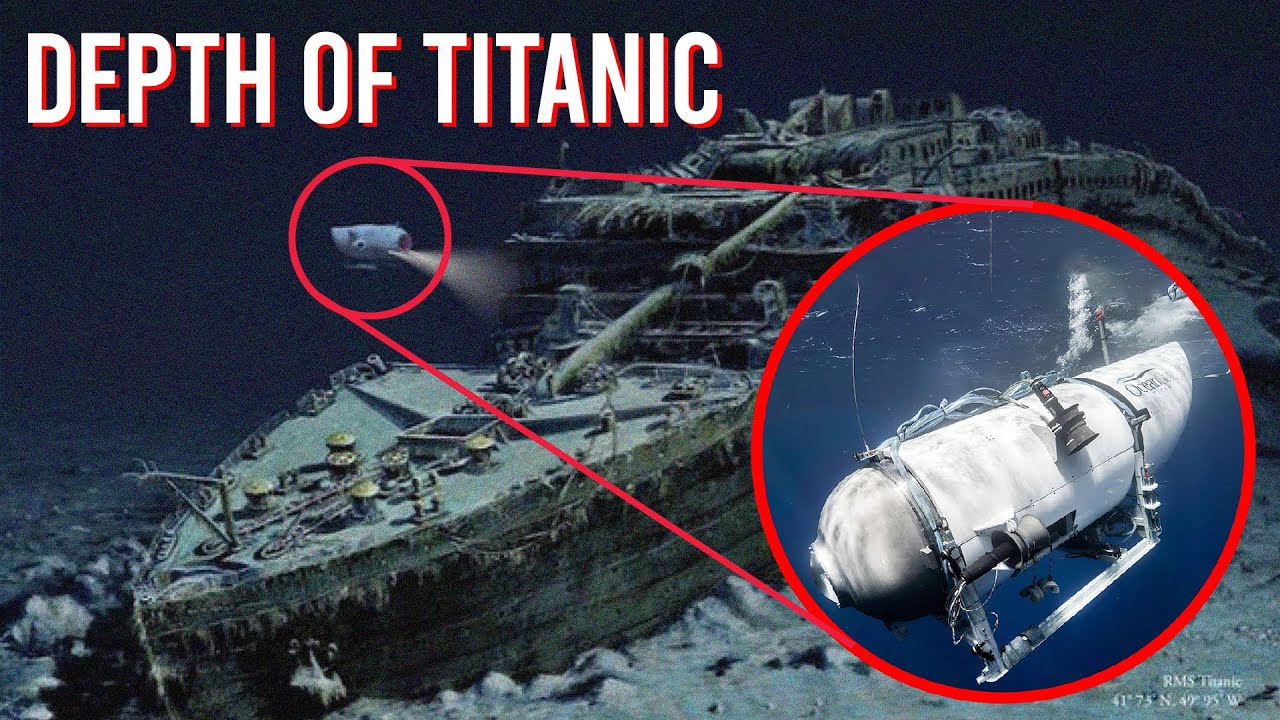In the annals of maritime history, few tales are as captivating and tragic as that of the RMS Titanic. Revered as the epitome of human engineering prowess and opulence, yet doomed by a fatal collision with an iceberg on its maiden voyage, the Titanic’s story transcends mere maritime disaster. It delves into the depths of human ambition, hubris, and the inexorable forces of nature. In this exploration, we embark on a journey to fathom the Titanic’s depth, both literal and metaphorical, and uncover the enduring legacy it has left upon the fabric of human consciousness.
The Titanic’s Dimensions: A Monument of Ambition
Commissioned by the White Star Line, the Titanic was conceived as the crowning jewel of transatlantic travel, a testament to human ingenuity and luxury. Constructed in the Harland and Wolff shipyards in Belfast, Ireland, the Titanic was a marvel of modern engineering. Stretching over 882 feet in length and standing at a height of 175 feet, the Titanic was hailed as the largest and most luxurious ship of its time. Its sheer size and opulent amenities were meant to herald a new era of oceanic travel, promising unparalleled comfort and safety to its passengers.
The Fateful Voyage: Tragedy Strikes in the Night
Embarking on its maiden voyage from Southampton, England, on April 10, 1912, the Titanic set sail with over 2,200 passengers and crew aboard. Among them were some of the wealthiest and most prominent figures of the era, drawn by the allure of the ship’s grandeur and the promise of a transatlantic crossing in unparalleled luxury.
However, fate had other plans. On the night of April 14, 1912, while sailing through the icy waters of the North Atlantic, the Titanic struck an iceberg. Despite the efforts of the crew to mitigate the damage, the iceberg’s impact had ruptured multiple compartments, sealing the ship’s fate. As the Titanic began to sink into the frigid depths, chaos and panic ensued among the passengers and crew. The lack of adequate lifeboats exacerbated the tragedy, resulting in the loss of over 1,500 lives.
The Depths of Tragedy: Lessons Learned and Unlearned
The sinking of the Titanic sent shockwaves across the world, prompting widespread grief and outrage. In its aftermath, numerous inquiries and investigations were launched to ascertain the causes of the disaster and to implement measures to prevent such a catastrophe from recurring.
One of the most significant outcomes of the Titanic tragedy was the establishment of stricter maritime safety regulations, including the requirement for ships to carry enough lifeboats for all passengers and crew, as well as the formation of the International Ice Patrol to monitor iceberg activity in the North Atlantic. These measures, born out of the lessons learned from the Titanic disaster, have since become integral components of maritime safety protocols.
Yet, despite these advancements, the sinking of the Titanic serves as a stark reminder of the fallibility of human endeavors in the face of nature’s forces. The hubris and overconfidence that permeated the construction and operation of the Titanic ultimately proved to be its undoing. The belief that the ship was unsinkable led to complacency and a lack of preparedness for emergencies, contributing to the scale of the disaster.
The Titanic’s Cultural Legacy: Immortalized in Memory
Beyond its historical significance, the story of the Titanic has captured the imagination of generations, inspiring countless books, films, and works of art. From Walter Lord’s seminal book “A Night to Remember” to James Cameron’s epic film “Titanic,” the tragedy has been immortalized in popular culture, each retelling offering new insights into the human drama that unfolded aboard the doomed vessel.
The Titanic’s wreckage, resting at a depth of over 12,000 feet on the ocean floor, serves as a haunting reminder of the lives lost and the dreams shattered on that fateful night. Over the decades, numerous expeditions have been mounted to explore the wreckage and to uncover new clues about the Titanic’s final moments. These expeditions have yielded valuable insights into the conditions of the wreck and have helped to preserve the memory of the disaster for future generations.
Conclusion: Navigating the Depths of Memory
As we reflect on the Titanic’s depth, both literal and metaphorical, we are confronted with the complexities of human ambition, tragedy, and resilience. The Titanic’s legacy endures not only as a cautionary tale of the perils of hubris but also as a testament to the enduring spirit of exploration and discovery.
In the depths of the ocean, the Titanic rests as a silent witness to the fragility of human endeavors and the inexorable march of time. Yet, above the waves, its story lives on as a symbol of the indomitable human spirit, capable of transcending even the darkest depths of tragedy. As we navigate the currents of history, may we heed the lessons of the Titanic’s depth and strive to chart a course towards a future guided by humility, compassion, and remembrance.

